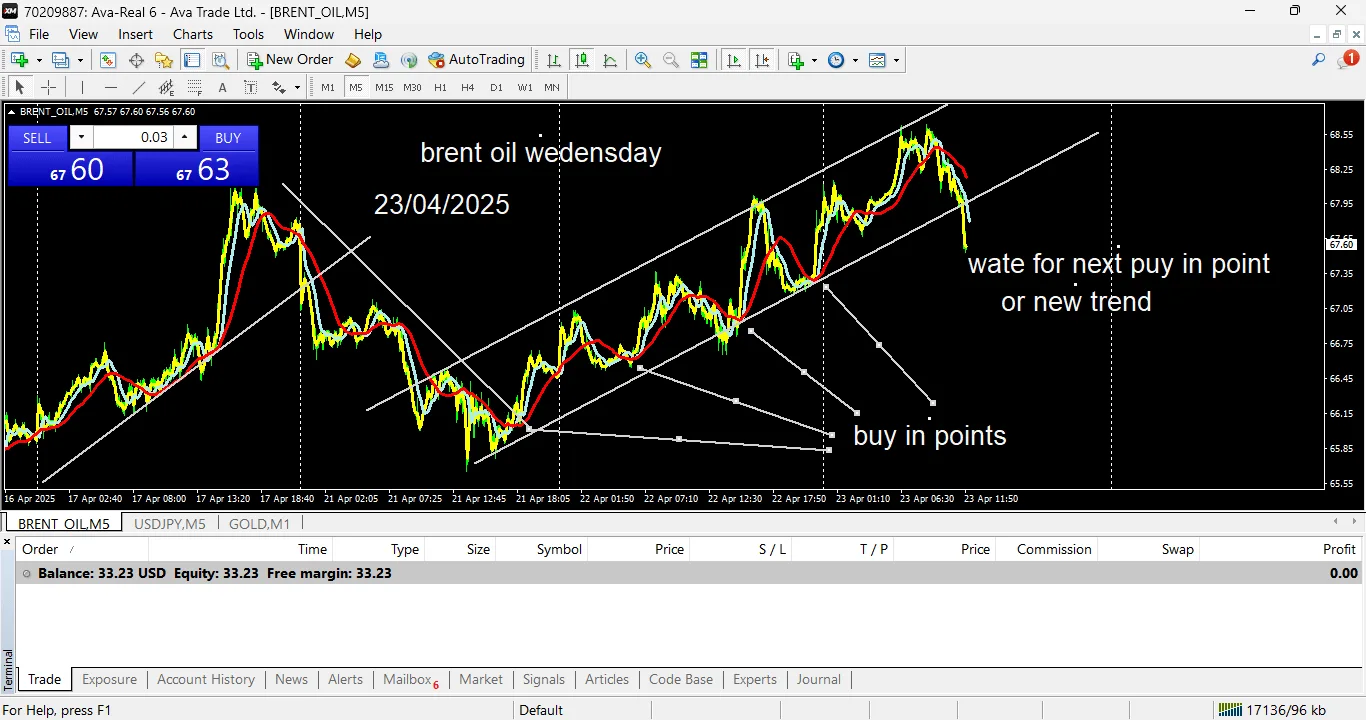The four main trading strategies used in forex trading
Scalping, trend trading, and position trading are the four most popular trading techniques used by financial services. Beginners must select a method that fits their own goals and personalities because each one has different risk levels and time commitments. For example, scalping necessitates making decisions quickly and investing a lot of time during trading hours, whereas position trading permits a longer-term strategy that lets traders keep their investments for weeks or months. By being aware of these distinctions, novices can more skillfully negotiate the intricacies of the financial market.
- scalping
- trend trading
- day trading
- moving average cross over
The scalping strategy
In order to be successful, scalping necessitates a great deal of focus and skill, as it includes attempting to capture the smallest market changes. It is not advised for novice traders with minimal trading expertise to use this method.
The forex scalping method necessitates a trading platform with a dependable, fast internet connection. The rapid pace is caused by the fact that scalping entails taking advantage of the frequent, little market changes. A quick transaction execution is crucial to prevent slippage because some trades only last a few minutes. A variety of indicators, including candlestick patterns, are employed because of the extremely tiny changes. This approach doesn’t actually include fundamental analysis.
Trend trading strategies for beginners
Trend trading strategies for beginners can be quite effective if approached with the right mindset and tools. It’s important for new forex traders to start with a clear understanding of market trends, utilize technical analysis, and practice risk management to build confidence and skill over time.click on image below for more information
Day trading stratergy
I have been a skilled forex trader for more than 8 years, and I frequently employ the day trading method in my trading. Regardless of whether your trade is winning or losing, a day trading strategy includes placing your initial trade as soon as the market opens and ceasing trading when the market closes. Your trading time and the market time are actually the same. People who lack the time or resources to continuously watch the markets can benefit from this method. Stop-loss and take-profit management are crucial to this kind of trading.
moving average cross over
.
This is a very popular trading strategy that can be used on any forex paires it is easy to set up and understand . Basically, you set up a slow-moving average and a fast-moving average, and you trade when they cross, simple as that . There is some debate as to the best settings for the moving averages, and different traders will use different numbers. For that reason, it’s better for you to try different settings on a trial account until you are happy with them.
fractal trading stratergy
fractal trading strategy in forex identifies recurring price patterns using technical analysis. Fractals indicate potential market reversals by highlighting five-bar formations. Traders use them to spot trends, set entry and exit points,
summary
The foundation of effective trading is forex methods, and since the markets are always changing, a skilled trader needs to be knowledgeable about a wide variety. First, strategies must adapt to these developments. Every effective trader quickly modifies their approach in response to these developments.

